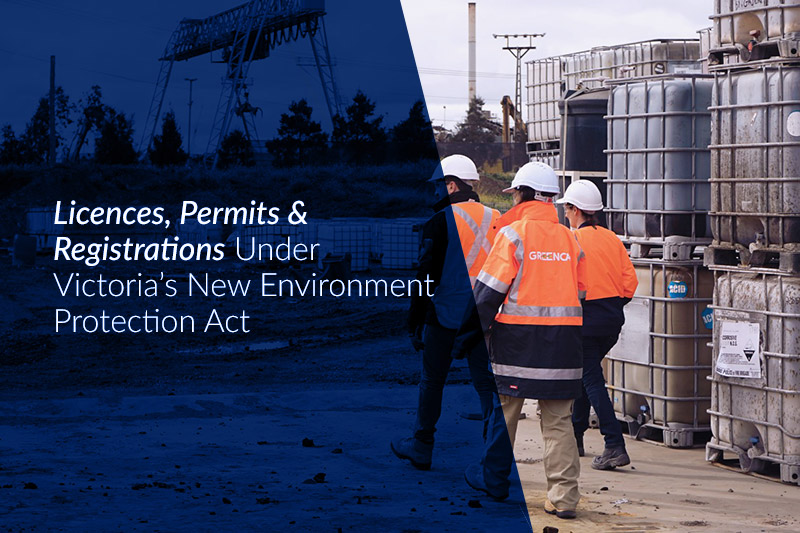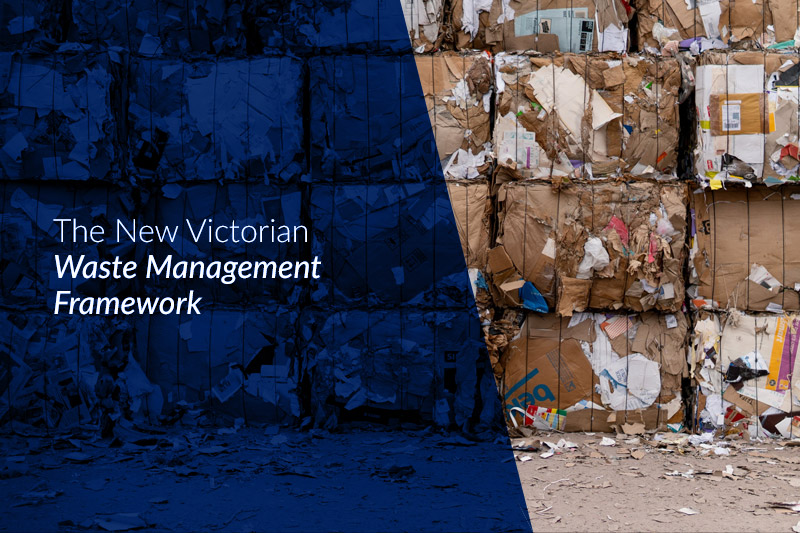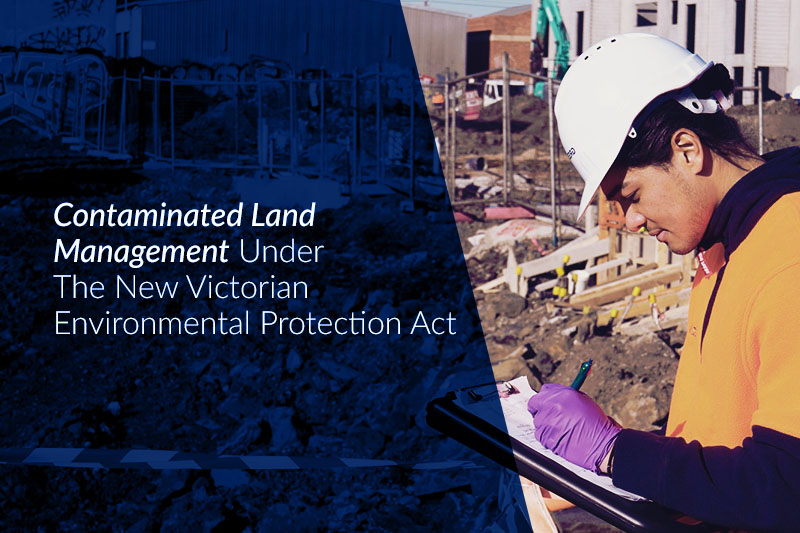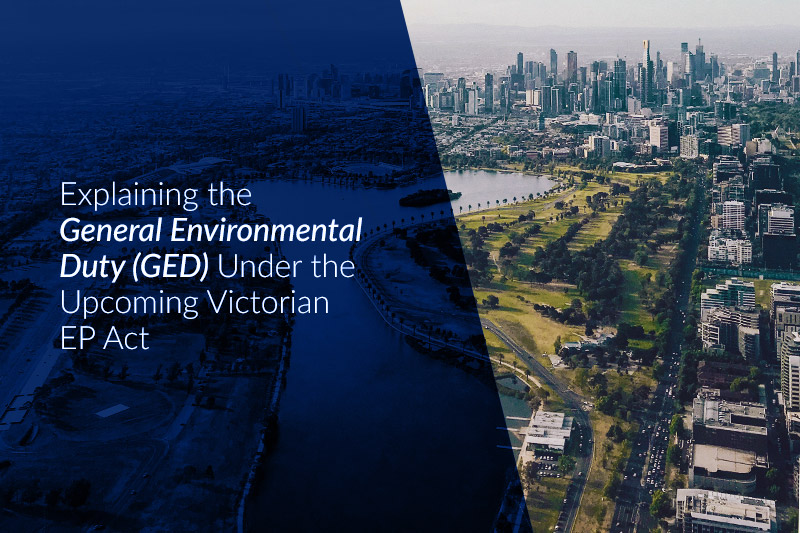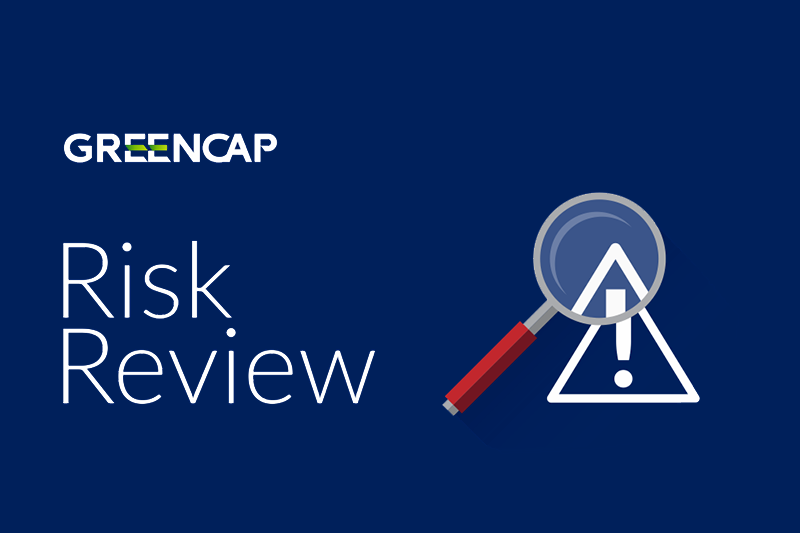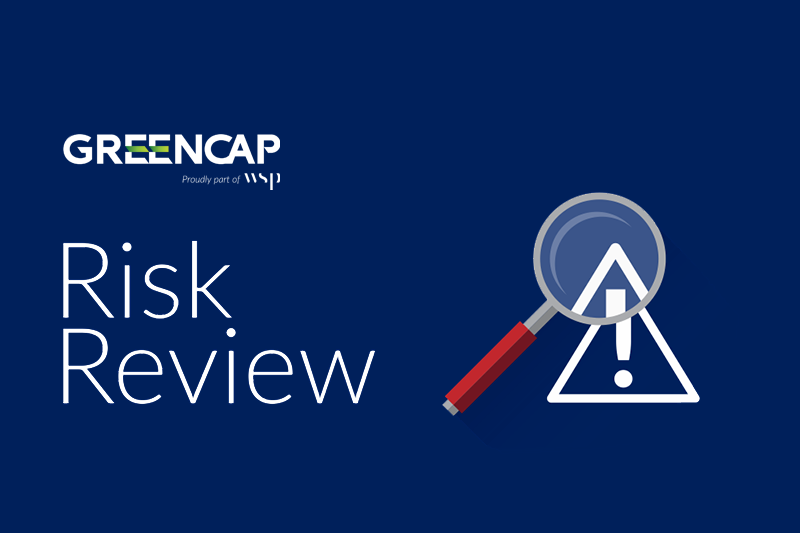News & Insights
Licences, Permits & Registrations Under Victoria’s New Environment Protection Act
Victoria’s new Environment Protection Act (EP Act) introduces legislation around additional permissions for businesses that can impact the environment from their activities. As well as Licences, EPA will also issue Permits and Registrations depending on the types of activity being conducted.
Each type of permission is designed to suit the type of activity and varies with the level of risk to the environment and the level of control that EPA believes needs to be put in place. Environment Protection Regulations (the Regulations) specify which tier of permission is required for each specified activity.
What are the different types of Permissions?
Licences
Licences are designed for complex activities that have significant risk of harm to the environment and human health. They are intended for complex activities that need the highest level of regulatory control. This will help manage significant risks to human health and the environment. There are different types of licences: Pilot project licence, Development licences and Operating Licences for ongoing operation. Licence applications will require a detailed assessment and licences will include customised conditions and have ongoing oversight by EPA.
Permits
Permits are designed for medium to high-risk activities with low complexity. Permit applications will require less information to be provided and they will have a simple assessment process.
Registrations
Registrations will be simple to obtain and suited to low to medium-risk activities (e.g., businesses using or producing small amounts of chemicals or waste). At this stage, registration will be granted automatically upon application and may include standard conditions for the relevant activity.

Licences, permits and registrations will be reviewed after five years.
What will the requirements be for Permissions?
The permissions scheme in the new EP Act complements and supports the General Environmental Duty (GED) and waste duties by providing greater assurance that high-level risks are being effectively managed. It does this by prohibiting persons from engaging in specified activities without the appropriate permission and setting standards and customised conditions, including reporting requirements for permission holders.
Each permission type has set performance standards – these are what a business should do to meet the conditions of the permission they have been given. The new approach is designed to be risk-based and flexible, making it easier for businesses to meet their environmental obligations.
The Regulations also set out those activities that will be required to provide a financial assurance as a condition of an EPA permission. A financial assurance is used to provide a security for the costs and expenses of remediation or clean-up activities if a business closes unexpectedly or defaults on its conditions (mainly expected for high-risk licenced activities).
Over time, it is likely that the permissions scheme will evolve along with the overall legislative framework, further utilising risk-based mechanisms to incentivise and sustain high performance.
There are large penalties for operating without the appropriate permission. For example, the current penalties for operating without a licence or operating outside the licence conditions are shown below and will rise with the new Regulations.
What kinds of activities need a permission?
Depending on risk levels, the following activities are outlined in the new EP Act as potentially requiring a licence, permit or registration.
- Waste treatment, disposal, transport and recycling (inc. e-waste, sewage treatment, waste tyre storage, waste to energy, Cat D soil containment)
- Primary industry and allied operations (intensive animal waste from feedlots, saleyards etc; fish farms)
- Extractive industry and mining
- Animal derived by-products and food (inc. abbatoirs, rendering plants, tanneries, food processing, beverage manufacture)
- Textile works
- Wood and wood derivatives (inc. wood processing, timber preserving, pulp mills)
- Chemicals including petroleum (inc. manufacture, refining, processing, bulk storage, container washing)
- Non-metallic minerals (inc. cement, bitumen, ceramics, glass works)
- Metals and engineering (inc. smelting, melting, galvanising, electroplating, can/drum coating, vehicle assembly)
- Printing
- Utilities (inc. power generation, geosequestration, desalination)
- Others
- General discharges or emissions to the atmosphere
- Contaminated sites—on-site soil retention
- Road tunnel ventilation systems
- Outdoor entertainment - Operation outside of hours or extended operations
- Conducting more than 6 outdoor concerts
- Dry cleaning
- Receiving Waste Acid Sulphate Soil for treatment
Further details on the type of activities, prescribed permissions and associated fees, are in the Environment Protection Regulations 2021, Chapter 3 – Permissions and Schedule 1—Prescribed permission activities and fees.
Offences and Penalties
(Current - July 2021)
| Offences | Maximum Penalties (PU) | 2018 PU Cost |
|---|---|---|
| Operating with a licence | 2,400 | $386,856 |
| Contravening a licence condition | 2,400 and 1,200 for each continuing day | $386,856 and $193,428 |
| Contravening a waste management policy or causes/permits an environmental hazard | 2,400 and 1,200 for each continuing day | $386,856 and $193,428 |
| Dumping of industrial waste at a non-licensed facility or without licence holders permission | 5,000 and 2,500 for each continuing day | $805,950 and $402,975 |
If I already have a Licence, will I need a new Licence?
Holders of current licences will receive a new Licence, with likely changes to the purpose and scope of their licence in line with the General Environmental Duty (GED) and other duties in the Act.
Previously, a range of standard conditions were included in licences to specify requirements to manage a variety of environmental risks included under the GED and other duties, such as general amenity conditions in relation to odour, dust and noise, and general waste management conditions. As the Act requires all businesses and duty-holders to understand and manage these risks, they will not need to be specifically mentioned in the licence although they will still need to be managed.
Guidance on the new duties is still being developed, but licence holders must be aware of, and minimise, the risks that their activities may pose to the environment and human health arising from pollution and waste. EPA will expect licence-holders to comply with all their legislative duties in the Act.
How will EPA assess new Permissions applications and decide if they can be granted?
EPA will check whether the application has been made correctly and contains all the information needed to assess it against the specific requirements set out in the EP Act and Regulations. The assessment will consider different factors depending on the type of permission, including:
- GED and other duties of the EP Act – how the applicant will comply with the GED and other duties under the EP Act, and what measures have or will be taken to ensure compliance.
- Protecting environmental values1 and risks to human health – whether the activity is likely to impact environmental values1 for each segment of the environment as identified in the Environment Reference Standards2. This will help EPA ensure that the activity does not pose an unacceptable risk of harm to human health or the environment, including potential cumulative impacts on pre-existing human health and environmental issues.
- Principles of environmental protection – EPA will focus on efficient and practicable outcomes in proportion to the risk of harm to human health and the environment. The direct relevance of each principle will depend on the issues arising in a proposal, with none of the principles being treated as absolute or totally dominant in any given situation. The principles may moderate and balance each other in the overall assessment process.
- Best available technology and techniques – the state of knowledge of best available technology and techniques (BATT) for a specific risk and the degree to which they are being used in an activity.
- Stakeholder engagement – the level of stakeholder engagement undertaken by the applicant to ensure the views and interests of the community and interested parties are considered.
- Fit and proper person – whether the applicant is deemed as a fit and proper person to undertake the activity. EPA has the power to refuse a person or body corporate from holding a permission based on their assessment of whether they are fit to hold the permission.
Consideration of these factors may result in an application being refused or inform the content of any conditions. Decisions about granting a permission can be reviewed by Victorian Civil and Administrative Tribunal (VCAT) within 15 business days of the applicant receiving EPA’s decision.
All businesses with EPA permissions will be listed on their website.
For more information, see the draft Permissions Scheme Policy (EPA publication 1799) and Guide for operating licences (EPA Publication 1850.1), or contact Greencap for assistance.
- Previously referred to as “beneficial uses” in the State Environment Protection Policies.
- Environment Reference Standards set out the uses of the environment that Victorians value and indicators and objectives needed to support them.



Industry News
Risk Review
News
Mid-Coast Outreach & Greencap - Helping to keep communities safe and supported
Risk Review
The Asbestos Register – A cornerstone for managing asbestos
Greencap acknowledges the Traditional Owners of Country throughout Australia and recognises their continuing connection to land, waters and culture. We pay our respects to their Elders past, present and emerging.

